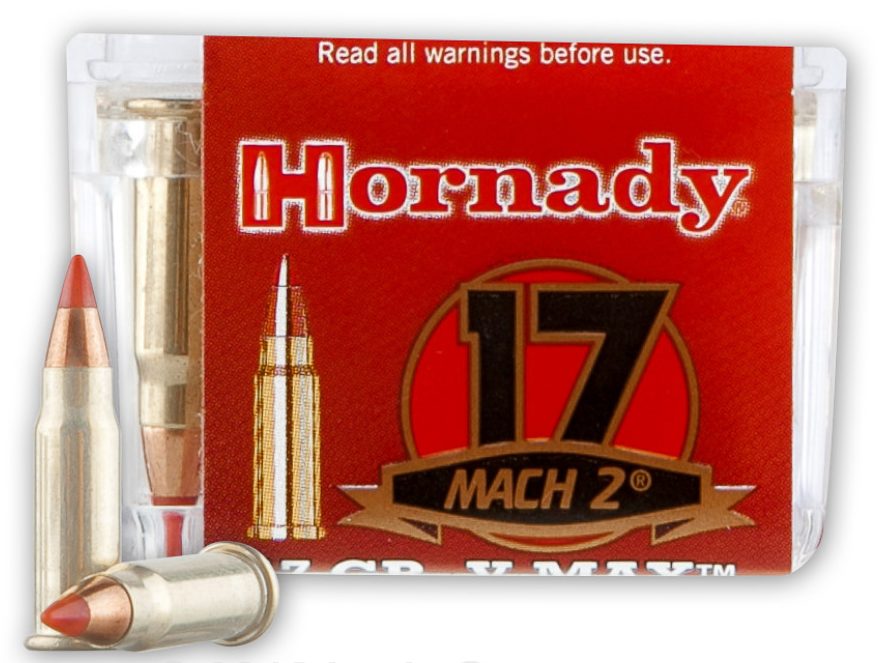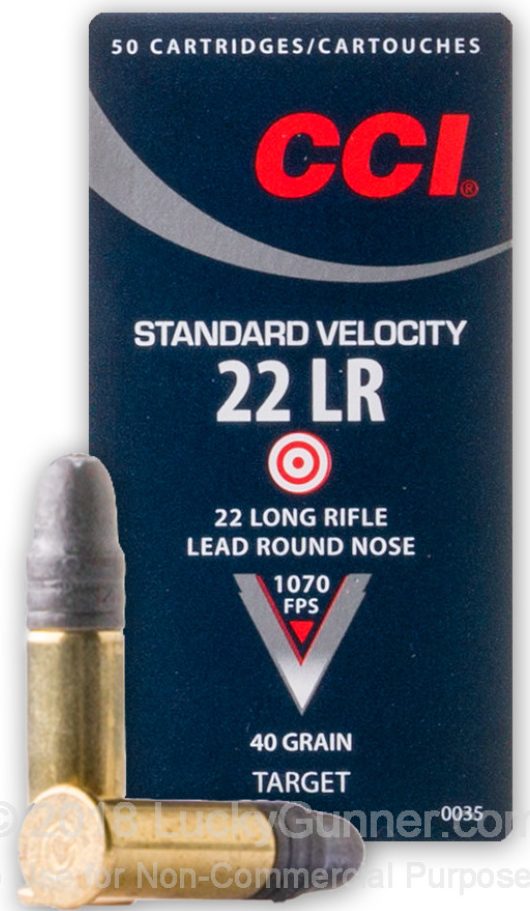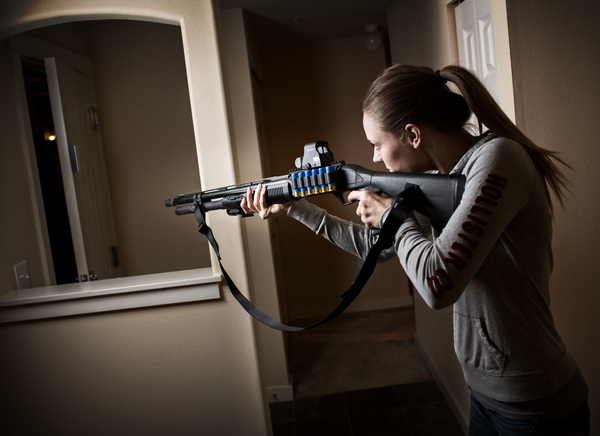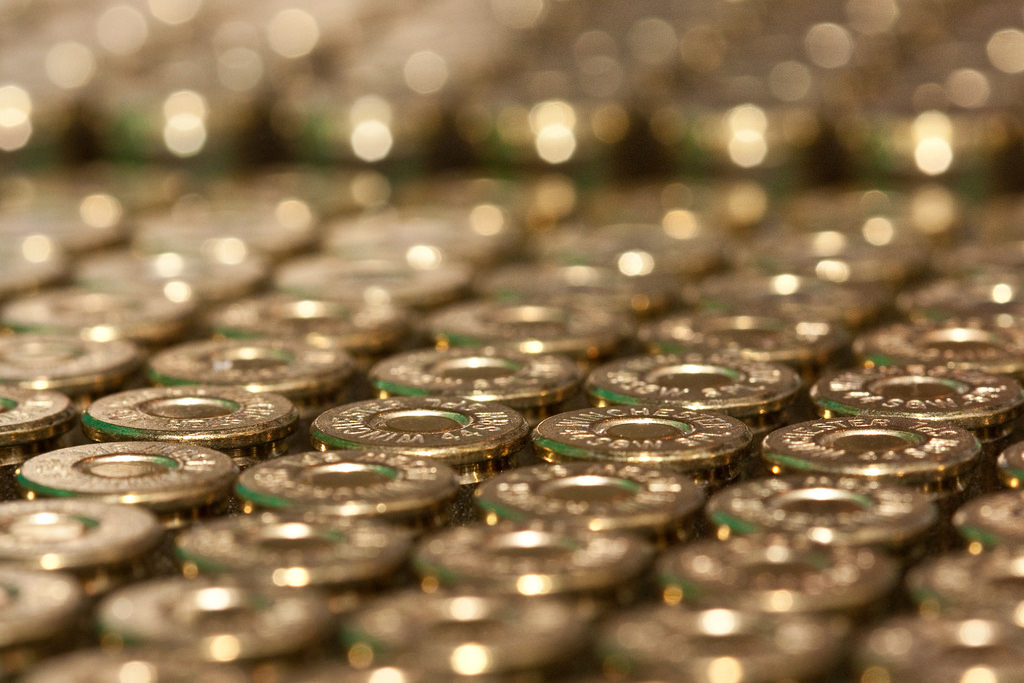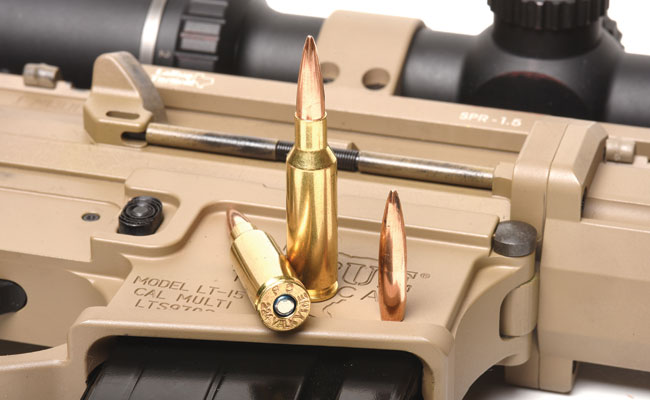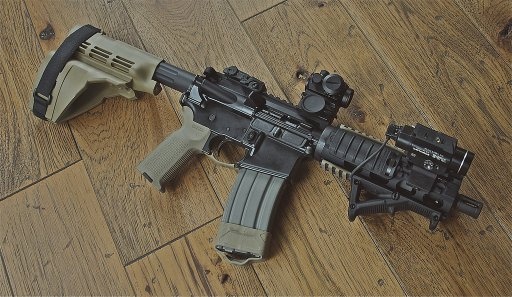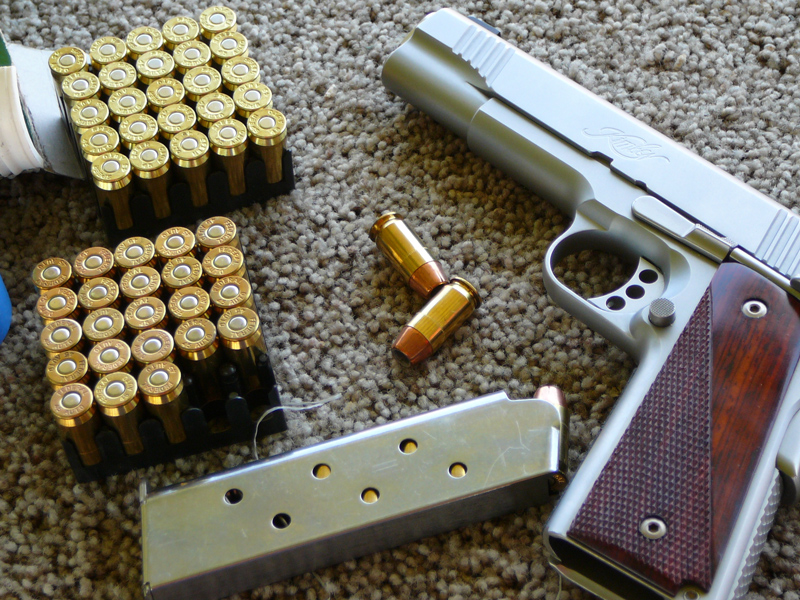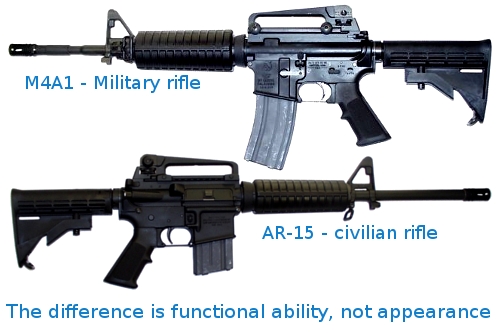There are more calibers and cartridges on the market today than ever. While the seemingly unlimited options are certainly convenient, it can also feel impossible to keep up with the advantages, disadvantages, and best uses for them all. After all, even the newest shooter probably knows that you don’t want to hunt bears with the same round you hunt squirrels.
That’s where we come in. In this guide, we’ll cover everything you need to know about the most common rifle calibers.
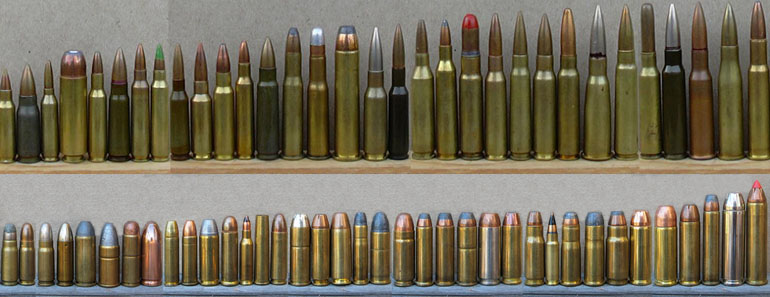
But first, let’s make sure we’re all on the same page with some vocabulary.
Terminology
First, let’s talk about what exactly “caliber” even means.
Caliber refers to the measurement of the diameter of the bullet (the metal projectile within the cartridge or round), but it is also often informally used to refer to varieties of cartridges.
Caliber can be measured in either inches or millimeters, but if millimeters isn’t specified, you can generally assume it’s measured in inches.
Now that we’ve covered what caliber is, let’s talk about some of the ways we compare it.
For each of the calibers discussed, we’re going to list the cartridge length, bullet weight, velocity, energy, and the approximate cost per round.
You can probably figure out on your own what cartridge length and the approximate cost per round mean, so we’re just going to clarify the other three here.
Bullet weight is measured in a tiny unit of weight called a grain (gr). A grain is just 1/20 of a gram and there are 7000 grains to a pound.
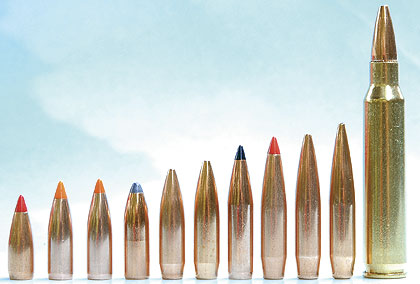
For our purposes, velocity is just a fancy word for speed, measured in feet per second.
Last, energy is an estimate of the approximate power of the round and is measured in joules (J).
Just as a side note, cartridge length doesn’t mean too much for the utility of the bullet. We mention it more to give you a better idea of the size of the overall round.
Also, the price will, of course, vary depending on brand, variety, weight, vendor, quantity purchased, and the state and country where the round is purchased.
Our estimate is based on the average price for a 100 round box. Buying ammo in bulk will always be cheaper, so if you only want to buy 20 rounds of something – assume our estimate is low. If you’re looking to buy in 1,000+ cases then you can assume our estimate is high.
You should also keep in mind that plinking ammo will be a lot cheaper than specialty ammunition such as match grade or lead-free hunting ammo.
Now that that’s out of the way, let’s talk about the calibers themselves. We’ve roughly ordered them from smallest to largest.
.17 HMR
This varmint round is tiny but packs a big punch. It was designed as a smaller version of the popular .22 LR but has a longer range, higher velocity, and greater energy. .17 HMR is not large enough for hunting most game, but it can be too powerful at too close of a range for varmints so it’s important to know your local laws and regulations regarding hunting with it.
It’s generally not as popular for range shooting as .22 LR either, since it’s louder, more expensive, and has a more recoil, but those who want a little more power may prefer .17 HMR.
Like .22 LR, .17 HMR is a rimfire cartridge that can be used in both rifles and pistols. “Rimfire” simply means that the firing pit hits the rim of the case, as opposed to “centerfire” rounds which require the firing pin to hit the center of the case.
- Cartridge Length: 1.349”
- Bullet Weight: 17-20 gr
- Velocity: 1966-2375 ft/s
- Energy: 198-339 J
- Approximate Cost Per Round: 15 to 20 cents
.22 LR
.22 long rifle is probably the most popular rifle round, and almost certainly the most popular round overall.
The low recoil makes the .22 LR a great choice for beginners and children, and the fact that it can be used in both rifles and handguns gives .22 LR an advantage in versatility.
If you’re interested in more information on awesome rimfire calibers, our Best Rimfire Ammunition article is for you!
- Bullet Weight: 30-40 gr
- Velocity: 1200-1600 ft/s
- Energy: 140-160 J
- Price Per Round: 4 to 6 cents
.30 Carbine
.30 carbine is a classic round that isn’t so popular these days.
This round was designed for use with the M1 carbine and had its peak during WWII and the Korean War, but remained in use into the War in Vietnam.
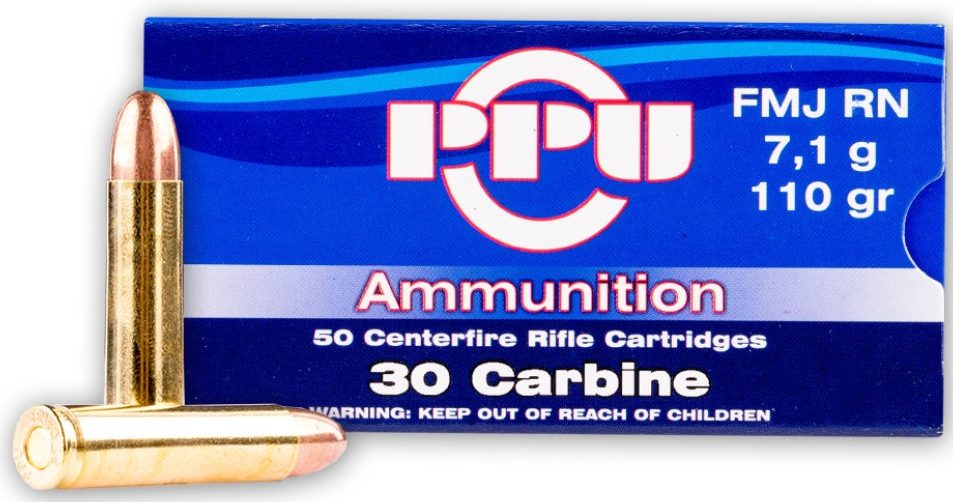
.30 carbine can be a bit difficult to find in stores, but is a lot of fun to shoot and has a very low recoil.
- Cartridge Length: 1.650”
- Bullet Weight: 110 gr
- Velocity: 1,990 ft/s
- Energy: 1311 J
- Approximate Cost Per Round: 25 cents for steel case, 35 cents for brass cased ammunition.
.300 AAC Blackout
The .300 BLK, pronounced “three-hundred Blackout,” is a young round compared to most, having been released in 2011. The round was designed for the M4 in an attempt to replicate the ballistics of the 7.62x39mm for the AR platform and was designed for use with a suppressor.
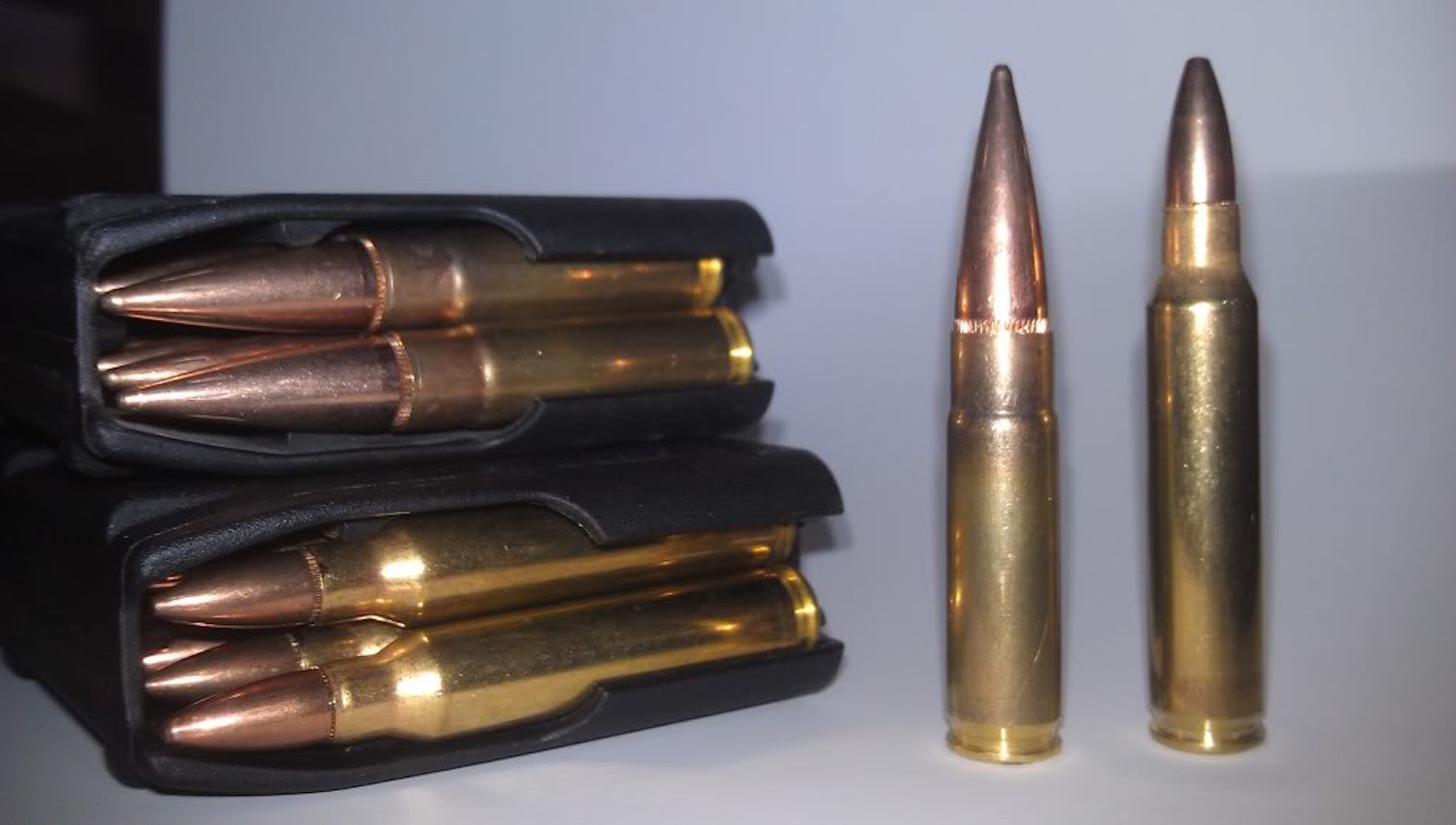
.300 BLK has gained a lot of popularity especially with hog hunters due to the powerful punch it delivers to soft targets and how well it works in a suppressed rifle.
- Cartridge Length: 1.368”
- Bullet Weight: 78-125 gr
- Velocity: 2,030-2,960 ft/s
- Energy: 1,540-2,057 J
- Approximate Cost Per Round: 45 to 80 cents (huge difference in price between plinking and hunting ammo prices)
7.62x39mm
This is the round .300 BLK was designed to imitate. The 7.62x39mm round was designed in Russia in 1944 for use in the AK-47 and SKS rifles.
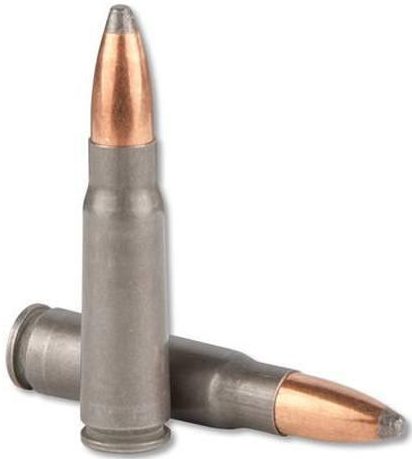
As these rifles have gained popularity in the United States, so has the 7.62x39mm cartridge. New bolt-action rifles have been designed for use with the 7.62x39mm round, particularly by European manufacturers like CZ.
You can even build an AR-15 chambered for 7.62x39mm, although there are often reliability issues.
The 7.62x39mm cartridge is a good option for both self-defense and medium game hunting, with moderate recoil and range, but a lot of stopping power.
- Cartridge Length: 2.205”
- Bullet Weight: 122-154 gr
- Velocity: 2,104-2,421 ft/s
- Energy: 2,056-2,179 J
- Approximate Cost Per Round: 20 cents for steel cased ammo, 40 cents for brass cased ammo.
5.56x45mm NATO
The 5.56x45mm NATO or 5.56 NATO is a wildly popular round that’s the standard choice for the M-16, M-4, and civilian AR-15. It’s the standard NATO round with a design based on the .223 Remington.
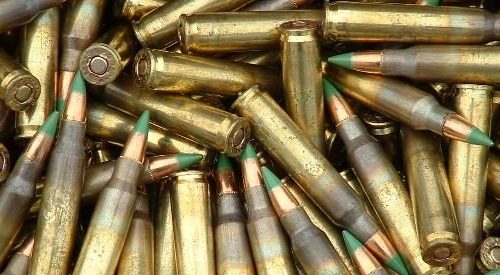
.223 Remington can be fired from a 5.56 NATO rifle, but a 5.56 NATO round should not be fired from a .223 weapon due to the increased pressure from the 5.56 NATO round.
There is also a difference between XM and M variants of 5.56, we go in-depth in our Mil-Spec vs Commercial: M vs XM Variants of 5.56 article!
This cartridge is one of the most commonly found in the USA since it is the standard military round and highly popular with civilians of all backgrounds.
- Cartridge Length: 2.260”
- Bullet Weight: 55-63 gr
- Velocity: 2,800-3,260 ft/s
- Energy: 1,679-1,889 J
- Approximate Cost Per Round: 22 cents for steel cased, 30 to 45 cents for brass cased.
.308 Winchester
.308 Winchester is virtually identical to the 7.62x51mm or 7.62 NATO round, the only difference being a minor pressure variance between the two. Unlike the 5.56/.223, you can interchange the two freely. This round also has greater range and stopping power than the 5.56 NATO, but at the expense of a lot more recoil.
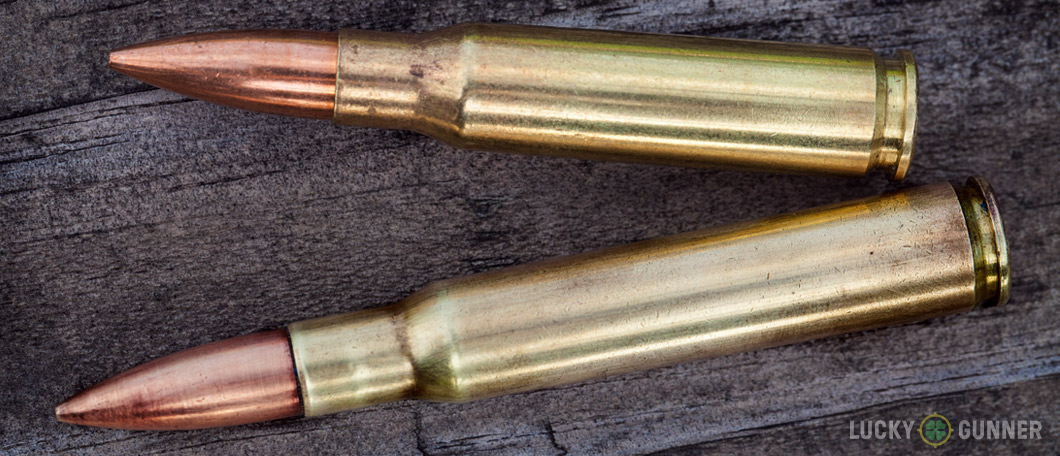
This round is primarily used by designated marksmen and snipers in a military context, although some assault rifles do come in 7.62mm.
.308 Winchester is great for hunting a huge variety of animals including deer, black bear, caribou, sheep, goats, and elk. It’s also an excellent round for long-range shooting, particularly precision shooting.
- Cartridge Length: 2.750”
- Bullet Weight: 147-175 gr
- Velocity: 2,580-2,733 ft/s
- Energy: 3,304-3,506J
- Approximate Cost Per Round: 30 cents for steel cased, 45 cents for brass.
.224 Valkyrie
.224 Valkyrie is the newest round on this list, and as such has very little history, but a lot of hype. The .224 Valkyrie was designed around the idea that a faster round will maintain more energy and accuracy down range than a slower round.
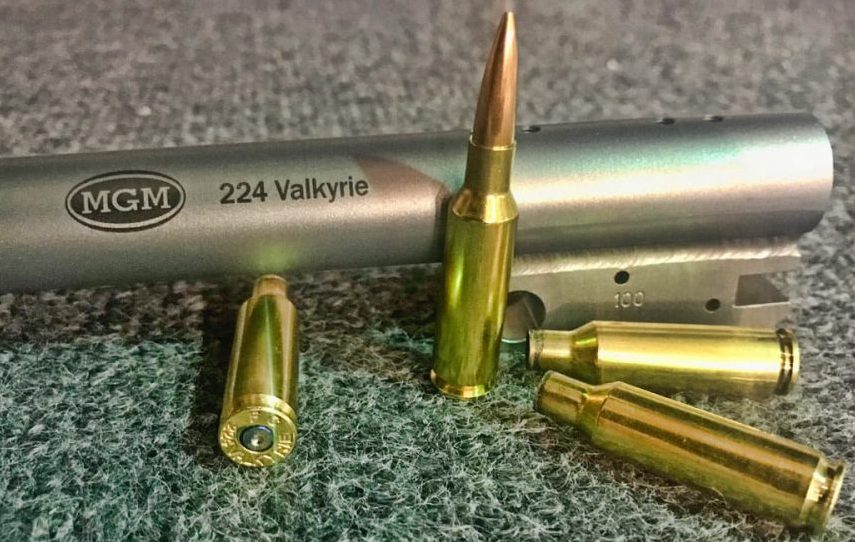
Towards that end, the .224 Valkyrie fires a projectile from a short-action, AR-15 platform that will stay supersonic out past 1,300 meters. That’s about half a kilometer further than the .223/5.56, despite both rounds being similarly sized.
This makes the round a great option for hunters and target shooters that want to reach out and touch something at a significant distance, while still wielding a light, maneuverable rifle.
- Cartridge Length: 1.6”
- Bullet Weight: 60-90gr (with larger projectiles forthcoming)
- Velocity: 2700 fps
- Energy: 1975-2000 joules
- Approximate Cost Per Round: $0.50 per round for normal ammo, $1.20+ for match grade
7.62x54mmR
7.62x54mmR or 7.62 Russian, though the R actually stands for rimmed, is another Russian-designed cartridge.

This round is associated with the ever-popular Mosin Nagant and, like the Nagant, there’s a surplus of the round that has driven the cost of the round down and made it incredibly affordable for such a large round.
This is a long range round, popular with snipers and other precision shooters (particularly in Russia), with a lot of recoils but also a lot of energy, high velocity, and impressive accuracy.
- Cartridge Length: 3.038”
- Bullet Weight: 150-181 gr
- Velocity: 2,580-2,840 ft/s
- Energy: 3,593-3,779 J
- Approximate Cost Per Round: 45 cents
.30-06 Springfield
The .30-06 Springfield round said “thirty ought six,” was introduced in 1906 and is still in service in some aspects even today, though it was usurped by 7.62 NATO in 1954.
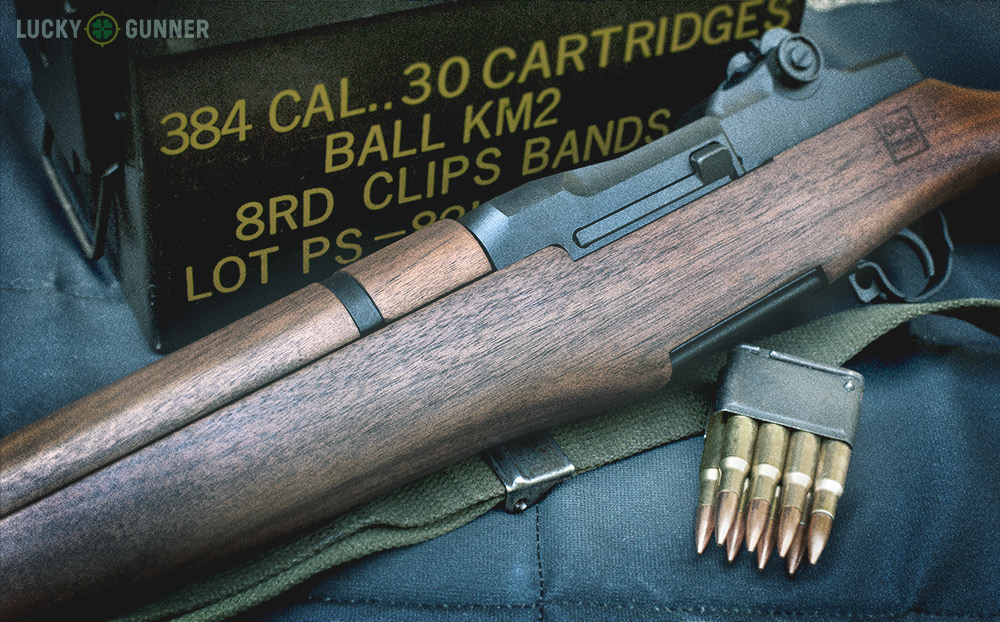
For civilians, the .30-06 remains a very popular hunting round, able to be used to down any animal in North America. The .30-06 has similar capabilities to .308, but with greater power as well as greater recoil and cost.
- Cartridge Length: 3.340”
- Bullet Weight: 150-220 gr
- Velocity: 2,500-2,910 ft/s
- Energy: 2,820-4,042 J
- Approximate Cost Per Round: 60 cents to $1.25 for match/hunting ammo.
.50 BMG
Last on our list is the prolifically large .50 Browning Machine Gun round.
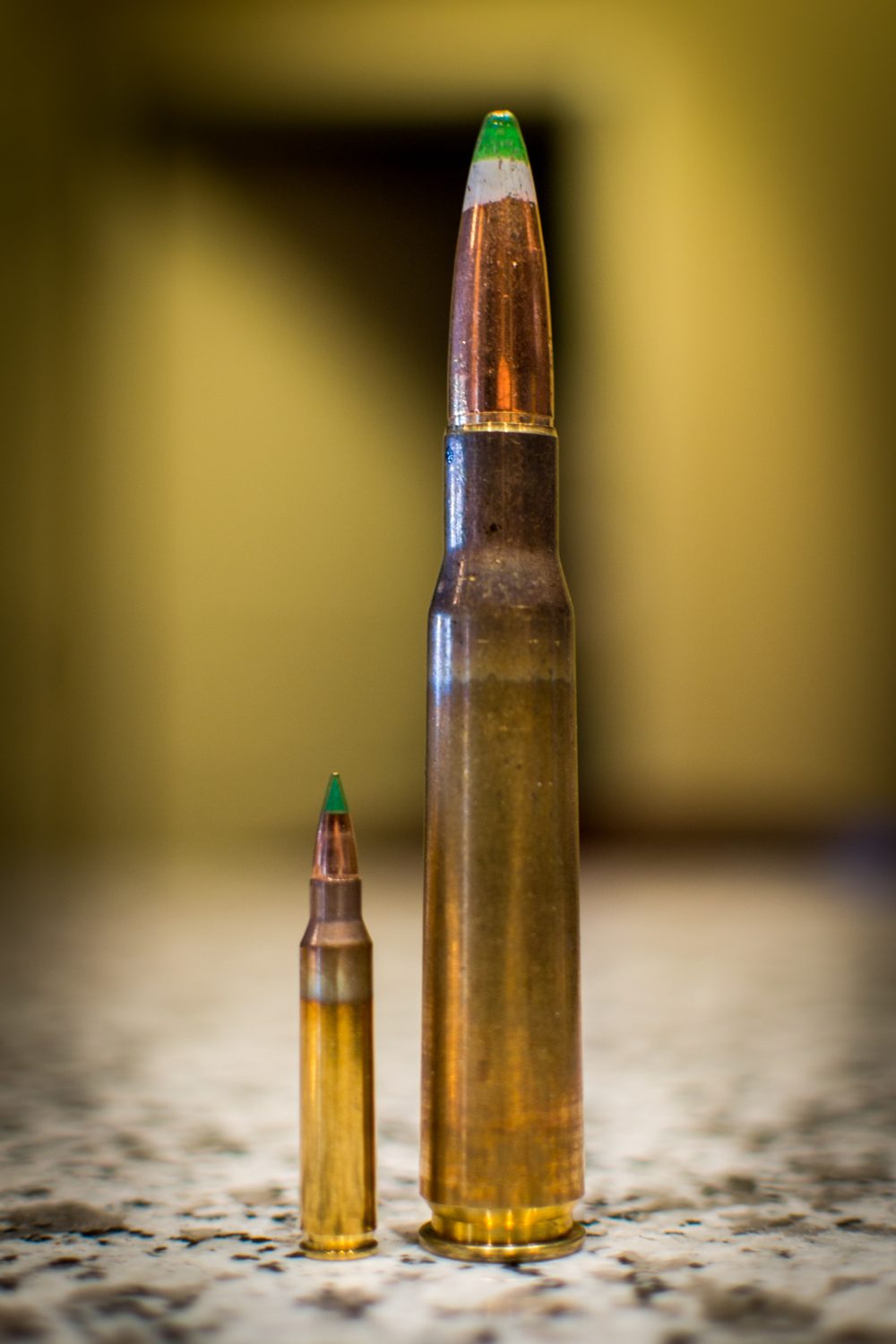
Everything about the “fifty cal” is big. It’s got incredible range, immense power, a whole lot of recoil, and a high price. This round can take down any living land creature from over a mile away.
Sure, you probably don’t need anything with this kind of power, but it’s sure fun to shoot.
- Cartridge Length: 5.450”
- Bullet Weight: 647-800 gr
- Velocity: 2,820-3,044 ft/s
- Energy: 17,952-20,195 J
- Approximate Cost Per Round: $2.50
Conclusion
With all of the options available, hopefully, this guide has given you a bit of clarity on what the differences are between the most popular rifle calibers, whether you’re new to shooting or an experienced firearms enthusiast.
Of course, these are just a few of the many, many calibers out there and the best way to learn is to do, so get out there and try as many as you can get your hands on.
Do you have any questions about these or other rounds? Are there any rounds you wish we’d included? Let us know in the comment section below.


